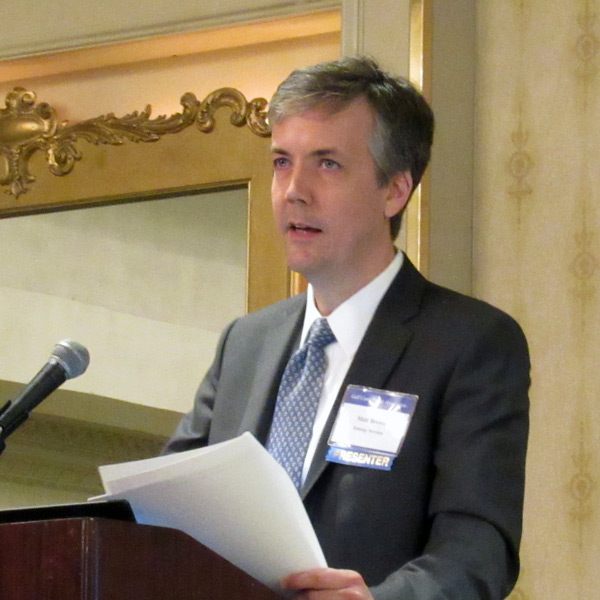By Jason Fordney
SACRAMENTO, Calif. — While CAISO has in recent years made strides in incorporating demand response into its wholesale market, it was forced to recalculate its 2016 DR settlements because of missing performance data, the grid operator said Tuesday.
ISO representatives, DR companies, utilities and others industry participants met with state regulators to discuss the challenges associated with implementing more DR into grid operations and markets.
CAISO Infrastructure and Regulatory Policy Manager Jill Powers said the grid operator last year altered its market models to make DR registration and ISO modeling more efficient. But problems within the legacy DR system resulted in settlements that relied on incomplete and missing performance data.
The ISO reprocessed all 2016 DR performance data, which will be reflected on the next settlement recalculation statements for DR providers. Full resettlement is due to be completed by October. The ISO next year will replace its legacy DR process with “more robust systems,” she said.
“We have taken corrective actions for all the dates identified,” Powers said.
CAISO in 2015 implemented a program that allowed emergency-triggered DR to offer spinning reserve services into the ISO market. San Diego Gas & Electric began providing non-spin and spinning reserve market services through the program that same year.
The grid operator is currently managing a number of initiatives regarding integration of DR and distributed energy resources. The ISO’s Board of Governors last month approved a package of market rules that included new baselines to better reflect the performance of various types of DR. (See CAISO Flex Capacity Effort Targets Increased Variability.)
CAISO’s 2016 enhancements significantly reduced processing timelines and management of new DR resources. They also implemented new sub-load aggregation point boundaries and relaxed telemetry requirements, which lengthened the scan rate when providing telemetry to help lower costs for DR.
An uncertain market structure and frequent rule changes are inhibiting expansion of DR, as well as increasing complexity of integration, EnerNOC Director of Regulatory Affairs Mona Tierney-Lloyd said. There are inconsistencies between CAISO rules and Public Utilities Commission rules and frequent changes in program requirements, she said. EnerNOC supplies DR services around the world.
California Energy Commission Chair Robert Weisenmiller said that integrating DR is “a very challenging area.”
“We are moving to a system that is going to be highly decentralized, and we are going to need visibility and automation to manage it,” he said.
On Wednesday, the commission adopted new guidelines for ensuring that publicly owned utility resource plans comply with requirements from SB 350, the 2015 law that included new greenhouse gas emission reductions and increased renewables procurement for utilities.




